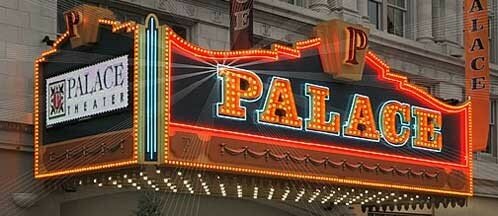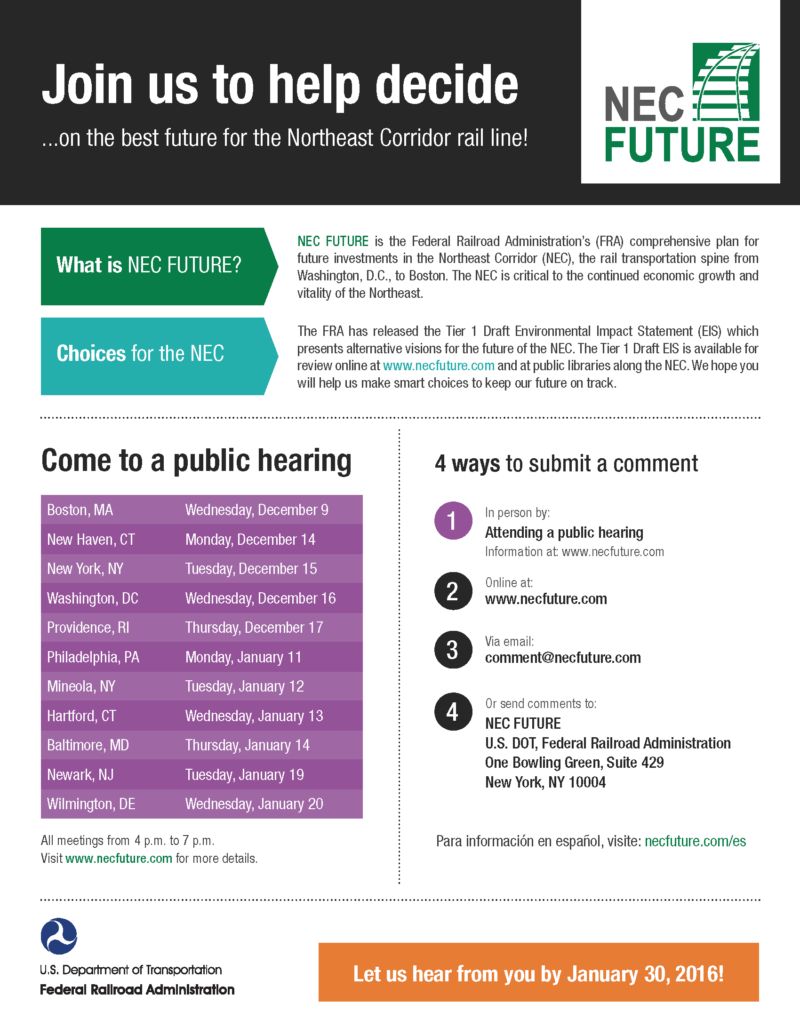January 28th Conference to Detail Infrastructure, Development Strategies for Greater Naugatuck Valley Region’s Economic Development
The Naugatuck Valley Council of Governments (NVCOG) will host “NVision 2020, the Naugatuck Valley Corridor Conference on Infrastructure and Development” on Thursday, January 28, 2016 at the Palace Theater, 100 East Main Street, Waterbury, from 10 a.m. to 2 p.m.
“With continued public investment in the transportation and technology substructure of the Naugatuck Valley Corridor, we can build a significant, lower-cost economic asset for the entire state,” said NVCOG Executive Director Rick Dunne. “This conference will bring key stakeholders together to discuss and plan for the region’s future and capitalizing on our existing, mature infrastructure should play a major role in this regard.”
Confirmed speakers include Connecticut Comptroller Kevin Lembo, Department of Transportation Commissioner James Redeker, Tim Sullivan, Deputy Commissioner of the Department of Community and Economic Development, Joseph McGee of the Business Council of Fairfield County, Naugatuck Mayor N. Warren “Pete” Hess, Laura Brown, Community and Economic Development Educator, UConn Extension, David Fink, Policy Director, Partnership for Strong Communities and David Carol, Project Manager, JV Team, NEC FUTURE.
The program will detail a number of crucial topics including: Urban Development trends and drivers of business relocation, The importance of Connectivity: Connecting all major regions of Connecticut via the NV Corridor, Developing regional gigabit fiber technology, Establishing new transit connections and services. Other issues will include Reclaiming downtown and riverfront brownfields to open them to development; Restoring the ability to access the significant infrastructure obstructed by antiquated, inaccessible & underutilized industrial sites, and Stimulating greater private investment by creating the conditions for sustainable, transit-dependent communities in our downtowns.
In addition to speaking presentations, there will be a panel discussion on Developing Sustainable Communities, which will discuss evolving community trends and issues, framing the new economy, housing factors and transit-oriented-development. The Linking the Region panel discussion will discuss partnerships between regions and transportation issues in the region and will address the potential for adding a northern route to the Northeast Corridor Rail System that will bring a high-Speed Rail Hub to Waterbury, directly connecting the region with the DC to Boston Corridor.
There is no charge to attend the conference, which is open to the public. Registration information can be found at nvcogct.org .



